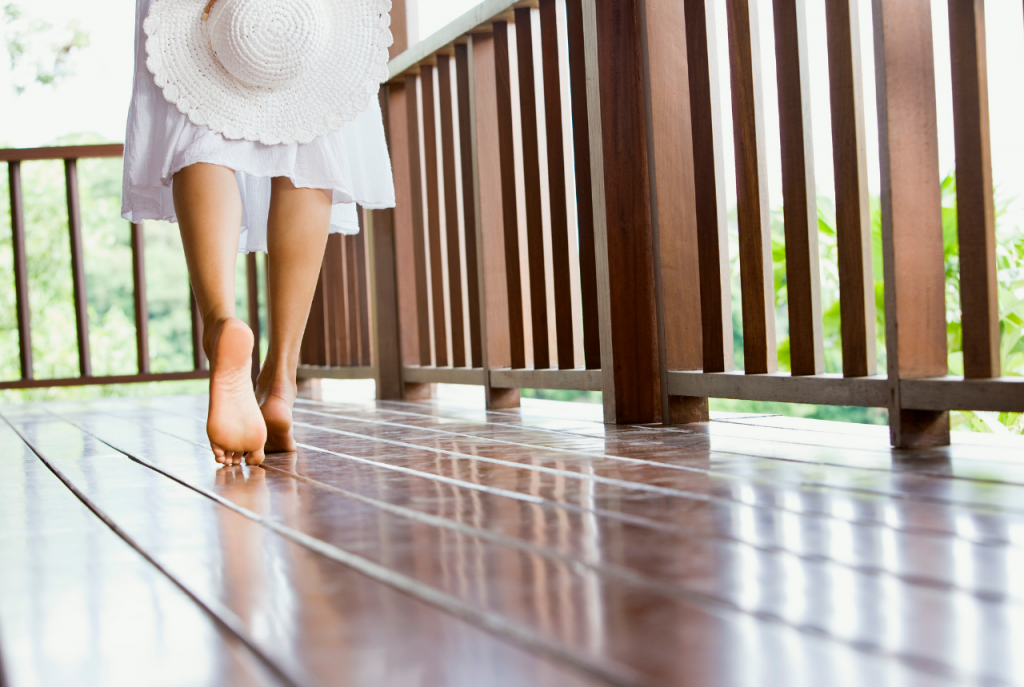Best Skylights for a Boston Home
Skylights come in all shapes and sizes, with all sorts of great advantages! But are they right for your Boston home? Start by assessing what your home needs—and be sure to consider the drawbacks, too. We’ll show you where the best places to add skylights are, and what types of skylights are available for you to try.
Reasons to Consider Skylights
There are lots of great reasons to install skylights in your home. First and foremost, they’re a great way to increase the home’s interior lighting. If you’re looking to increase light, look at either tubular skylights or go with larger skylights, especially if the shafts from roof to room will be long.
Skylights are good for ventilation, too. They’ll let out excess moisture on humid days, and when it’s hot outside, you can open up the skylights to vent heat away from the home.
One unanticipated benefit to skylights is that they’ll increase your home’s value. They’re an attractive feature that buyers are willing to pay extra for—and on average, homeowners only spend about $1,500 to install them!
What are the Drawbacks?
While there are a lot of benefits to skylights, there are also a couple of drawbacks that you should be aware of before making the decision to install them. On sunny days, for instance, you may find that skylights let in a little too much light—though this is something that can be remedied by installing skylights with blinds. And, like any windows, they can make your home a little less energy efficient. Although, this is another thing that can be mitigated by choosing well sealed, highly insulated skylights.
Where Should You Add Skylights?
Skylights in and of themselves are a great reason to remodel, and if you’re already remodeling certain rooms, then now is the opportunity to get a little more light into these spaces. Most rooms in the home will benefit from skylights. Bathrooms and bedrooms, for example, will enjoy lots of extra natural lighting—but the skylights keep these spaces private, too. In the kitchen or other workspaces, skylights are helpful for providing additional illumination. They’re a good choice in the attic, too, especially if it’s a converted attic. Here, skylights are generally more easily accessible, and they can be designed to play an important role in your home’s ventilation.

What Types of Skylights are Available?
There are all kinds of different types of skylights available. The type that you choose will be based on your home’s needs. Browse through products like those offered by Velux, and you’ll see all the skylights listed below and more!
- Fixed Skylights: As the name suggests, these skylights are fixed in place so that they have a tight seal with the roof. They can’t be opened, and their main purpose is to add illumination to rooms.
- Ventilated Skylights: These skylights can be opened, which means they give you both light and fresh air.
- Curb Mounted Skylights: With double-walled insulation, curb skylights are the most energy efficient type of skylight. They are excellent at preventing air leaks, which helps keep heat inside the home.
- Tubular Skylights: Conical in shape, these skylights—like the Sun Tunnel lights from Velux—are the best for increasing interior light. They feature parabolic lenses and a reflective tube to capture light, maximize it, and shine it into the room.
- Custom Skylights: Skylights come in all shapes and sizes, so feel free to take a look around at custom designs! There are pyramid-shaped lights, barrel vaulted lights, skylights to fit on a home’s ridge, and more, each made to add not only a source of light and ventilation, but also a unique architectural aesthetic.
Skylights are a valuable addition to any home. Consider each factor carefully, and check out all the types of skylights available to choose a product that suits your home’s needs.

